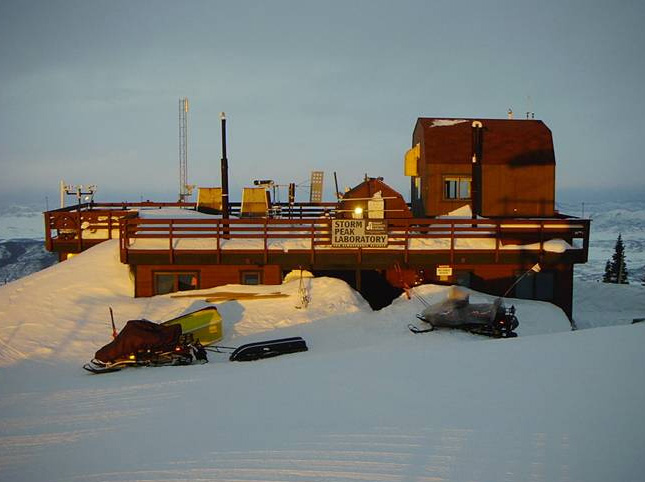Knowing how widespread and how deep mountain snow packs are is important for more than just making ski forecasts. One-sixth of the world’s population relies on melted snow for their freshwater, which means good estimates of snow are critical for making realistic predictions of a region’s water supply.
But measuring snow, especially the amount of water locked within that snow, challenges researchers across the globe. This is true because the two means of estimating snow totals—weather modeling and satellite remote sensing—can vary as much as 30 percent when scientists compare results.
Scientists like hydrologist Edward Kim of NASA’s Goddard Space Flight Center and others continue to seek ways to reconcile the gap between measurement results. In late February 2010, Kim, accompanied by colleagues Michael Durand (Byrd Polar Research Center), Noah Molotch (Univ. of Colorado), and Steve Margulis (UCLA), will embark on a short field campaign to measure snow from the Storm Peak Laboratory, which is perched atop Colorado’s famed mountain at Steamboat Springs.

Their goal is to test and improve the accuracy of satellite-based snow measurements, but their first real “test” is getting a key piece of equipment—part of the several-hundred-pound Airborne Earth Science Microwave Imaging Radiometer—up the mountain’s steep incline. There, they will install it on the porch of the Lab where it can observe snow on the ground. They’ll also break out their shovels and dig pits in the snow to make manual measurements of snow depth and type. Check back for Ed’s reports from the mountain.




this snow is a part of the eco system of the planet.we need to know how much is their.as our planet warms every year this in turns melts the snow and gives us the water we need to water our plants or crops. without the water WE DONT EAT……